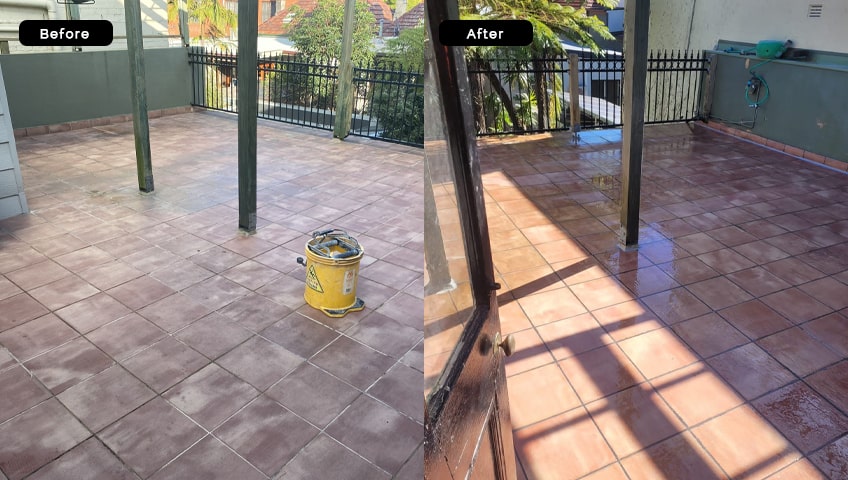Efflorescence on Tile Floors and Walls: Causes, Removal, and Prevention
Efflorescence is a common issue that can plague tile floors and walls, leaving behind unsightly white deposits that can be frustrating for homeowners. In this comprehensive guide, we will delve into the world of efflorescence, exploring its causes, removal methods, and prevention techniques. Whether you’re dealing with efflorescence for the first time or looking for ways to prevent its recurrence, this article has got you covered.
Understanding Efflorescence
Efflorescence is a phenomenon that occurs when soluble salts migrate to the surface of porous materials like tiles and then crystallize. These salts are typically found in building materials such as cement, mortar, and grout. When water infiltrates these materials, it dissolves the salts and carries them to the tile’s surface. As the water evaporates, it leaves behind the salts, resulting in the characteristic white, powdery deposits seen on the tile.
Causes of Efflorescence
Efflorescence can be triggered by various factors, and understanding these causes is crucial to addressing the issue effectively.
1. Moisture Infiltration
One of the primary causes of efflorescence is moisture infiltration. When water seeps into the tile or the grout lines, it carries the soluble salts to the surface. This moisture can come from various sources, including leaks, high humidity, or improper installation.
2. Poor Ventilation
Inadequate ventilation can trap moisture within the walls or floors, creating the perfect environment for efflorescence to develop. Ensuring proper ventilation is essential in preventing this issue.
3. Low-Quality Materials
The quality of the materials used during construction plays a significant role in efflorescence development. Using subpar cement or mortar can increase the likelihood of efflorescence occurring.
Removing Efflorescence
If you’ve already noticed efflorescence on your tile surfaces, there are several methods you can use to remove it effectively.
1. Brushing or Scrubbing
For mild cases of efflorescence, brushing or scrubbing the affected areas with a stiff brush can often do the trick. Be sure to wear protective gear, including gloves and eye protection, and use water to rinse away the residue.
2. Acidic Cleaners
Acidic cleaners, such as vinegar or a commercial efflorescence remover, can be highly effective in dissolving the salt deposits. However, exercise caution when using these products, as they can damage some types of tile and grout.
3. Pressure Washing
In more severe cases, pressure washing with a mild detergent can help dislodge efflorescence. Again, be cautious with the pressure level, as excessive force can harm the tile’s surface.
Preventing Efflorescence
Prevention is often the best approach when it comes to efflorescence. By taking proactive measures, you can reduce the chances of it reoccurring.
1. Quality Installation
Ensure that your tiles are installed by professionals using high-quality materials. Properly mixed and applied mortar and grout are essential in preventing efflorescence.
2. Adequate Drainage
Proper drainage systems around your home can divert water away from your tile surfaces, minimizing the risk of moisture infiltration.
3. Sealants
Using a high-quality tile and grout sealer can create a protective barrier that prevents water and salts from penetrating the tile. Be sure to reapply the sealer regularly for long-lasting protection.
4. Improved Ventilation
Enhancing the ventilation in your home, especially in areas prone to moisture, can help reduce the humidity levels and prevent efflorescence.
Conclusion
Efflorescence can be a persistent nuisance for homeowners, but with the right knowledge and preventive measures, you can keep your tile floors and walls looking pristine. Understanding the causes, employing proper removal techniques, and implementing preventative strategies are key to addressing efflorescence effectively. By taking these steps, you can ensure that your tiles remain free from those unsightly white deposits, enhancing the beauty and longevity of your home’s surfaces.





